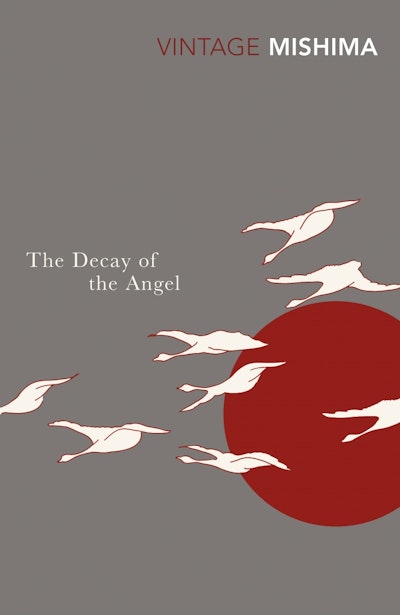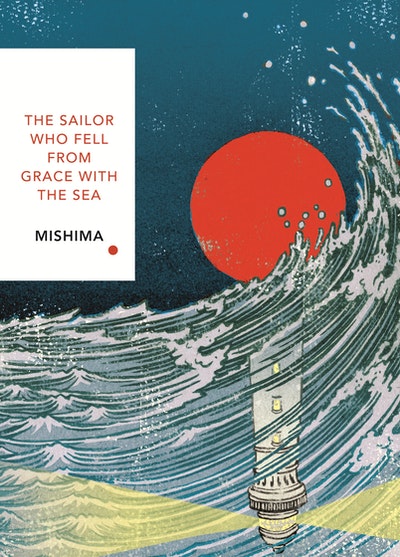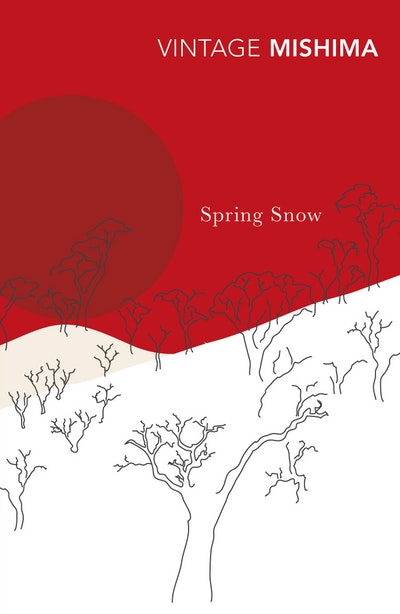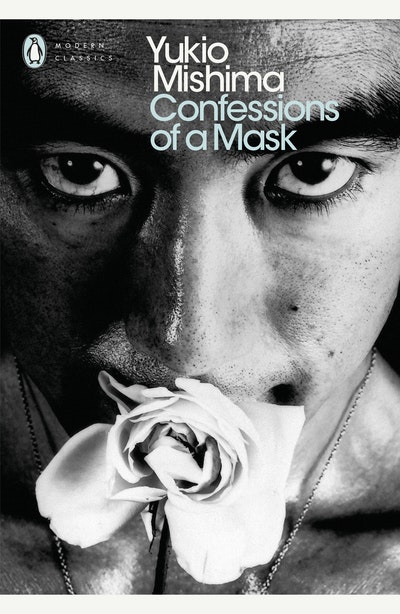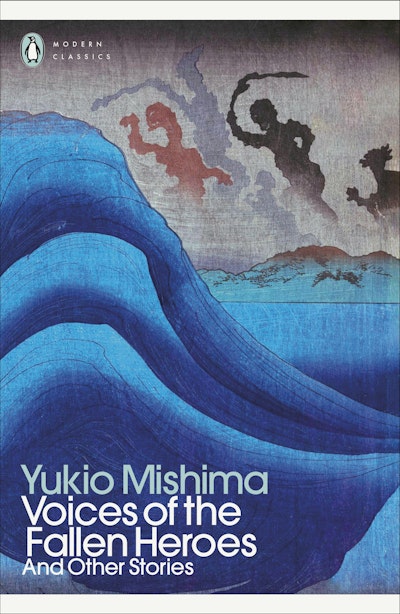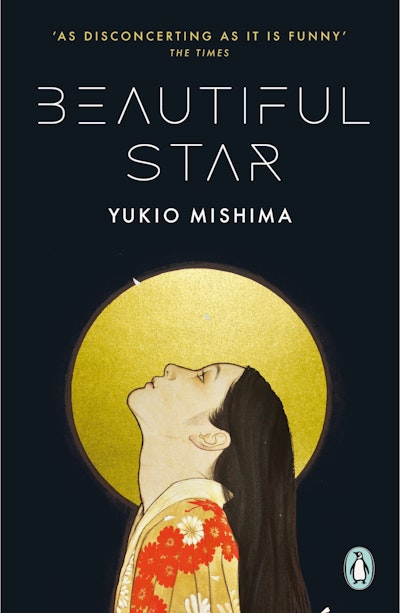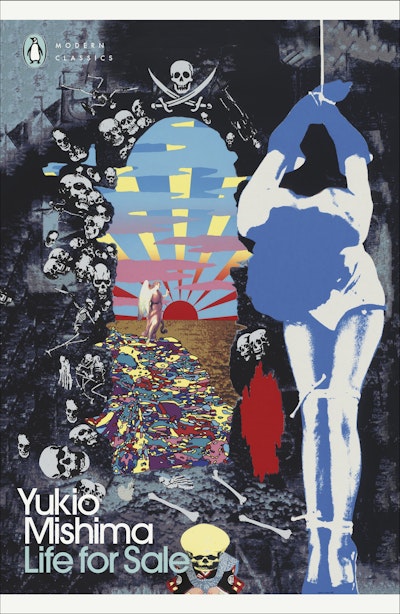- Published: 1 June 2001
- ISBN: 9780099284574
- Imprint: Vintage Classics
- Format: Paperback
- Pages: 256
- RRP: $24.99
The Decay of the Angel
- Published: 1 June 2001
- ISBN: 9780099284574
- Imprint: Vintage Classics
- Format: Paperback
- Pages: 256
- RRP: $24.99
A major literary creation
New York Times
This tetralogy is considered one of Yukio Mishima's greatest works. It could also be considered a catalogue of Mishima's obsessions with death, sexuality and the samurai ethic. Spanning much of the 20th century, the tetralogy begins in 1912 when Shigekuni Honda is a young man and ends in the 1960s with Honda old and unable to distinguish reality from illusion. En route, the books chronicle the changes in Japan that meant the devaluation of the samurai tradition and the waning of the aristocracy
Washington Post
One of the great writers of the twentieth century
Los Angeles Times
Japan's foremost man of letters
Spectator
Mishima's novels exude a monstrous and compulsive weirdness, and seem to take place in a kind of purgatory for the depraved
Angela Carter
The four novels remain one of the outstanding works of twentieth-century literature and a summary of the author's life and work
Los Angeles Times
Yukio Mishima was, in life as in death, and in fiction especially, a master of gorgeous, and perverse surprises
New York Times
A major literary creation
New York Times
This tetralogy is considered one of Yukio Mishima's greatest works. It could also be considered a catalogue of Mishima's obsessions with death, sexuality and the samurai ethic. Spanning much of the 20th century, the tetralogy begins in 1912 when Shigekuni Honda is a young man and ends in the 1960s with Honda old and unable to distinguish reality from illusion. En route, the books chronicle the changes in Japan that meant the devaluation of the samurai tradition and the waning of the aristocracy
Washington Post
One of the great writers of the twentieth century
Los Angeles Times
Japan's foremost man of letters
Spectator
Mishima's novels exude a monstrous and compulsive weirdness, and seem to take place in a kind of purgatory for the depraved
Angela Carter
